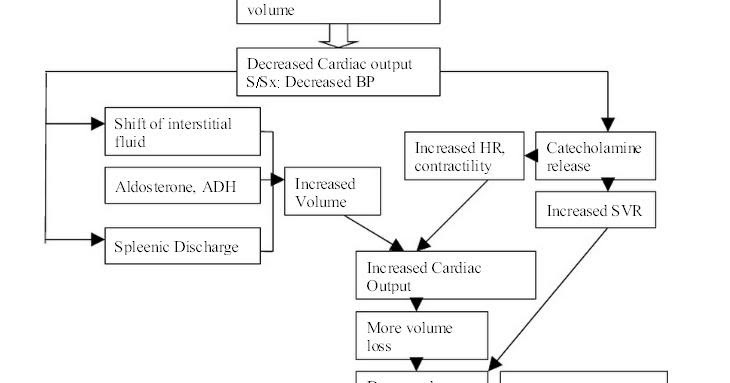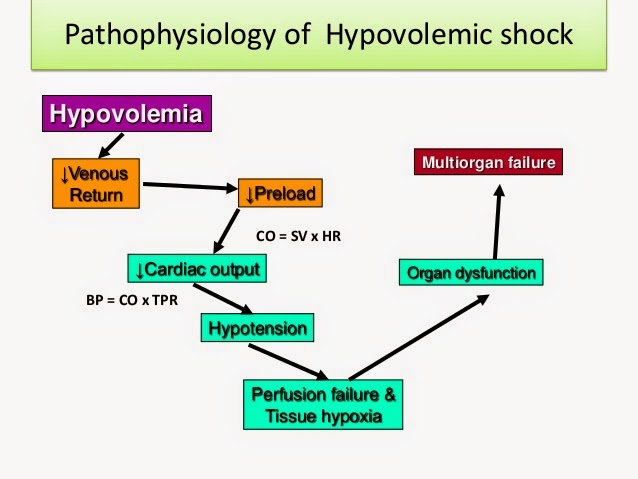Hypovolemic shock, often abbreviated as HS, is a life-threatening condition that occurs when the body loses a significant amount of blood or fluids. This loss results in inadequate circulation and oxygen delivery to vital organs, leading to potential organ failure and death if not promptly treated. In this article, we will explore the causes, symptoms, diagnosis, and treatment options for this critical medical emergency.

What is Hypovolemic Shock?
Hypovolemic shock occurs when there is a severe reduction in the volume of blood or fluids circulating in the body. The human body relies on a steady flow of blood to deliver oxygen and nutrients to tissues and organs. When blood volume drops significantly, the heart struggles to pump enough blood to meet the body’s demands, causing a cascade of dangerous effects.
How Does It Happen?
The condition typically arises from one of two primary causes:
- Blood Loss: This can result from traumatic injuries such as cuts, gunshot wounds, or internal bleeding due to conditions like gastrointestinal ulcers or ruptured blood vessels.
- Fluid Loss: Severe dehydration, vomiting, diarrhea, excessive sweating, or burns can lead to a significant reduction in fluid levels, which in turn affects blood volume.
Symptoms of Hypovolemic Shock
Recognizing the symptoms of this condition is crucial for timely intervention. Symptoms may vary depending on the severity of blood or fluid loss but generally include:
- Rapid heartbeat
- Low blood pressure
- Cold and clammy skin
- Confusion or disorientation
- Rapid and shallow breathing
- Weakness or fatigue
- Dizziness or fainting
- Decreased urine output
In more advanced stages, individuals may experience organ failure, loss of consciousness, or even cardiac arrest.
Causes of Hypovolemic Shock
Understanding the underlying causes of this condition is essential for prevention and treatment. Some common causes include:
Trauma-Related Causes
- Severe Bleeding: Accidents, surgeries, or injuries that cause significant blood loss can trigger this condition.
- Internal Bleeding: Conditions such as ruptured ectopic pregnancies, gastrointestinal bleeding, or aneurysms can lead to internal blood loss.
Non-Trauma-Related Causes
- Dehydration: Prolonged vomiting, diarrhea, or inadequate fluid intake can deplete the body’s fluid reserves.
- Burns: Severe burns cause the loss of both fluids and proteins from damaged tissues.
- Excessive Sweating: Intense physical activity or exposure to high temperatures without adequate hydration can lead to fluid depletion.
Diagnosing Hypovolemic Shock
Diagnosing this condition requires a combination of clinical evaluation, patient history, and diagnostic tests. Healthcare providers look for signs of low blood volume and assess the severity of the condition through the following methods:
Clinical Assessment
- Checking vital signs such as blood pressure, heart rate, and respiratory rate.
- Observing physical symptoms like pale or cold skin, confusion, and rapid breathing.
Diagnostic Tests
- Blood Tests: These can reveal low levels of red blood cells, hemoglobin, or electrolytes, indicating blood or fluid loss.
- Imaging Studies: Ultrasounds, CT scans, or X-rays may be used to identify internal bleeding or other underlying causes.
- Urinalysis: A decrease in urine output can signal reduced blood flow to the kidneys.
Treatment Options for Hypovolemic Shock
Treatment focuses on stabilizing the patient and addressing the root cause of blood or fluid loss. Immediate intervention is critical to prevent complications and improve outcomes. Treatment strategies include:
Fluid Resuscitation
Restoring blood volume is the first priority. This is typically achieved through intravenous fluids such as saline or lactated Ringer’s solution. In cases of severe blood loss, blood transfusions may be necessary to replace lost red blood cells and clotting factors.
Stopping the Source of Blood Loss
If the condition is caused by trauma or internal bleeding, surgical intervention may be required to stop the bleeding. For example:
- Suturing wounds
- Repairing ruptured blood vessels
- Removing blood clots or damaged tissues
Medications
In some cases, medications may be administered to support blood pressure and heart function. These include:
- Vasopressors to constrict blood vessels and increase blood pressure
- Antibiotics to prevent or treat infections
- Pain relievers to manage discomfort
Oxygen Therapy
Providing supplemental oxygen ensures that the body receives adequate oxygenation while blood volume is being restored. This is especially important for patients with compromised lung function or severe blood loss.
Complications of Untreated Hypovolemic Shock
If left untreated, this condition can lead to severe complications, including:
- Organ failure due to inadequate oxygen supply
- Acute respiratory distress syndrome
- Cardiac arrest
- Death
Preventing Hypovolemic Shock
While some causes of this condition are unpredictable, certain preventive measures can reduce the risk:
- Maintaining proper hydration, especially during illness or extreme weather conditions
- Seeking prompt medical attention for injuries or conditions that cause bleeding
- Using protective gear during activities that pose a risk of injury
- Monitoring chronic conditions like gastrointestinal disorders that may lead to internal bleeding
When to Seek Medical Attention
Recognizing the warning signs of this condition and seeking immediate medical care can save lives. If you or someone else experiences any of the following, seek emergency help:
- Significant blood loss from an injury
- Severe dehydration accompanied by confusion or weakness
- Symptoms of shock, such as rapid heartbeat, low blood pressure, or cold skin
Living with the Aftermath of Hypovolemic Shock
Survivors of this condition may face long-term challenges, including:
- Recovery from organ damage or dysfunction
- Physical rehabilitation to regain strength and mobility
- Psychological support to cope with trauma or anxiety related to the event
Follow-up care with healthcare providers is essential to monitor recovery and address any lingering issues.
Conclusion
Hypovolemic shock is a serious medical emergency that requires swift action to prevent life-threatening complications. By understanding its causes, recognizing its symptoms, and knowing how to respond, individuals and healthcare providers can work together to improve outcomes for those affected by this condition.





